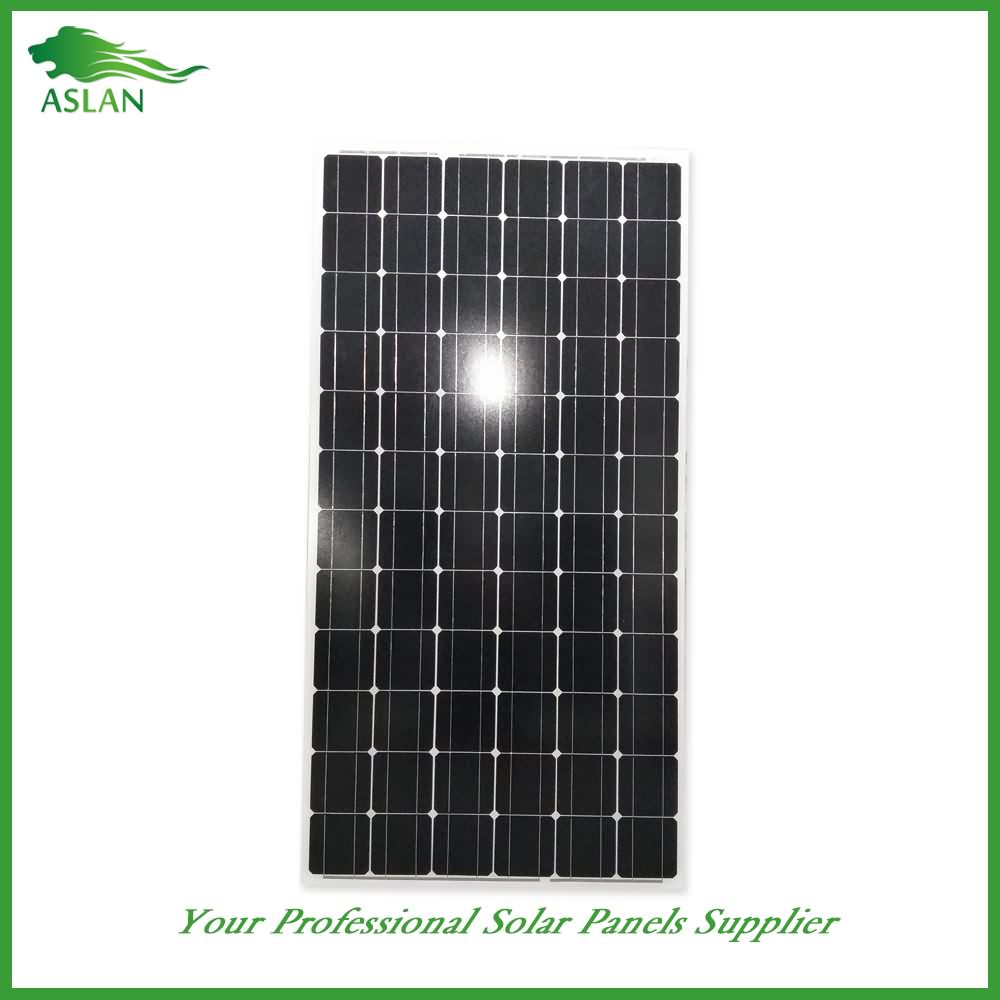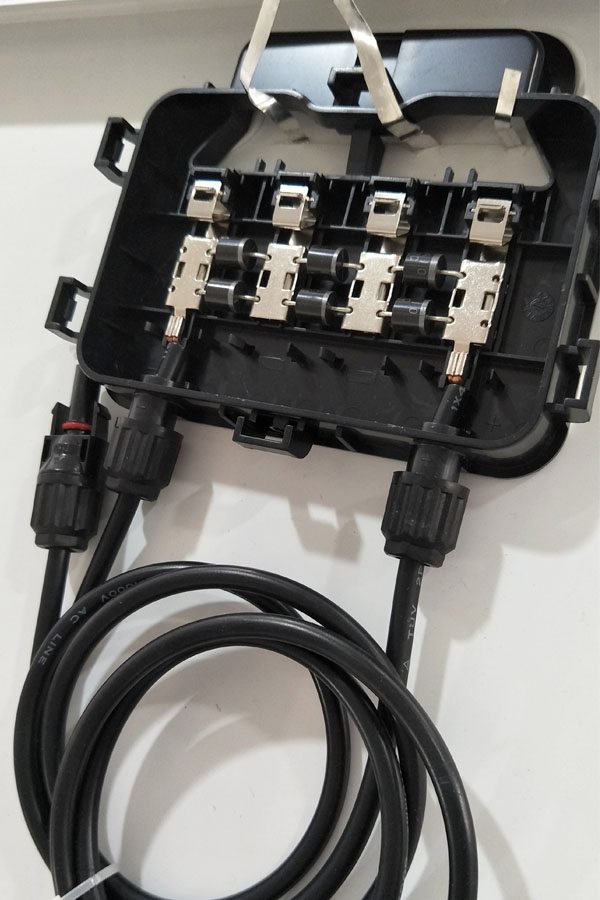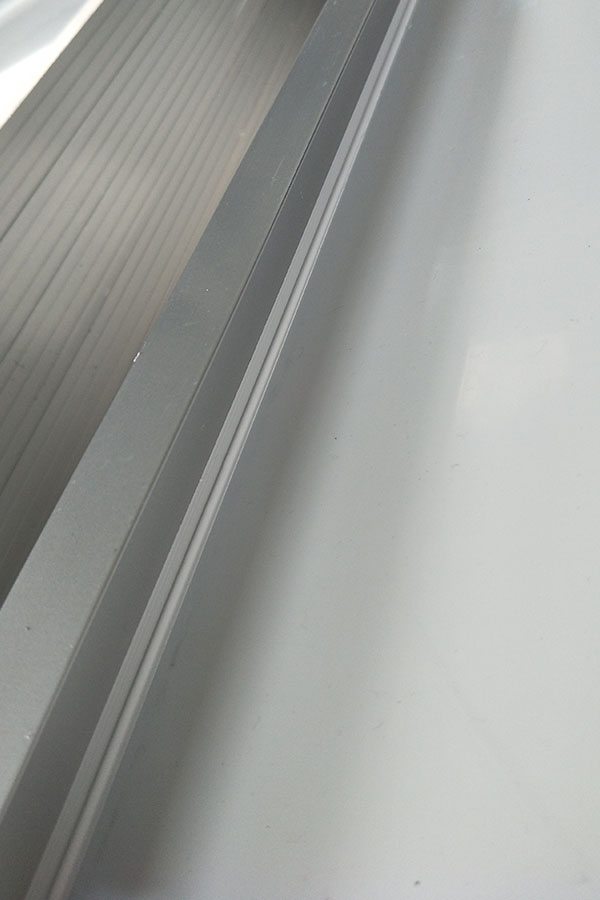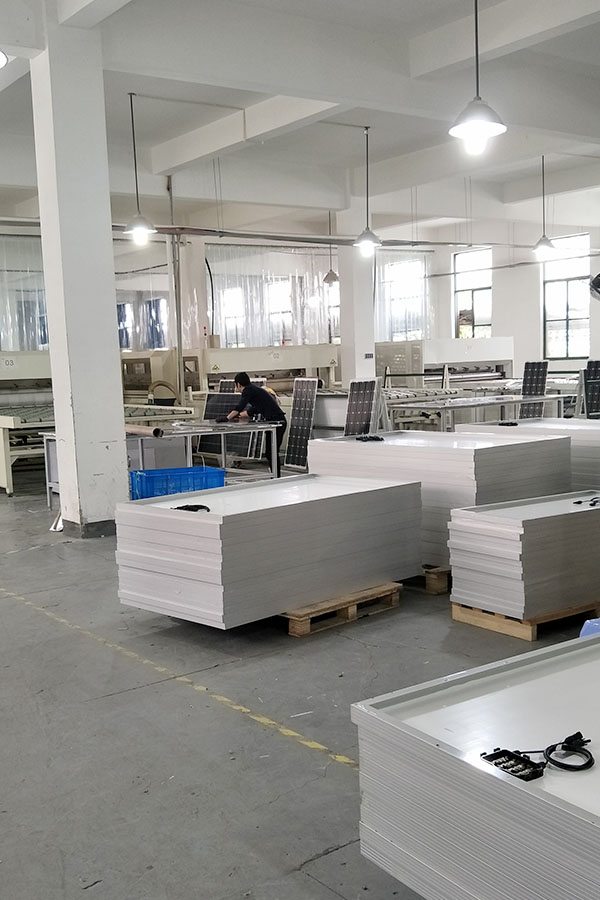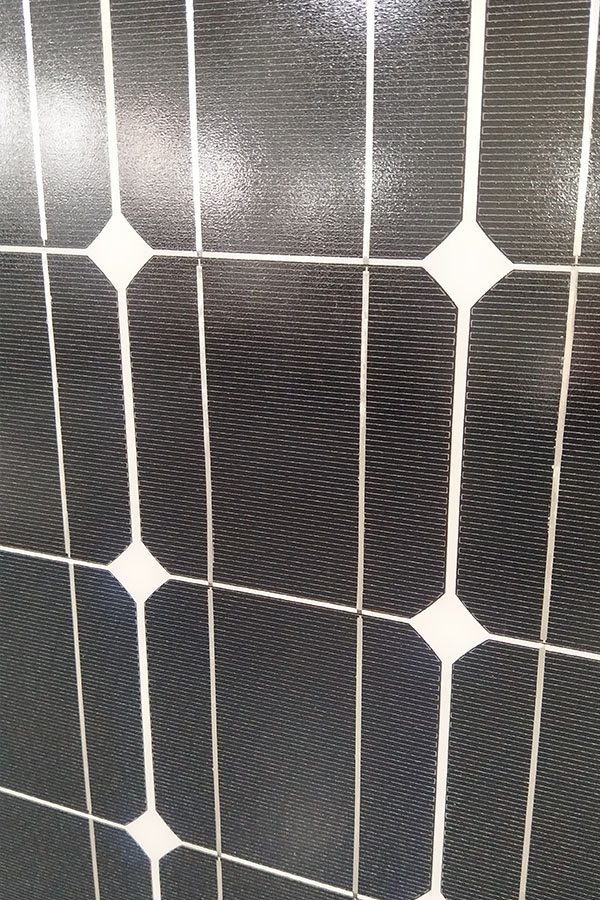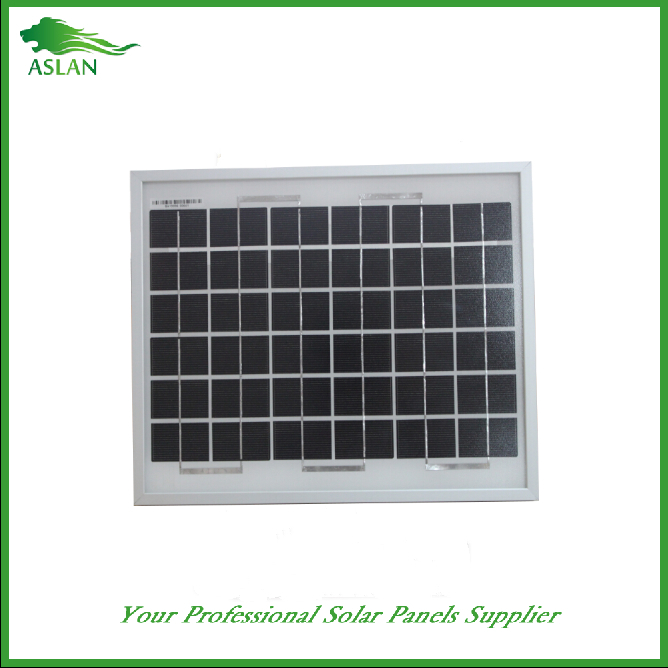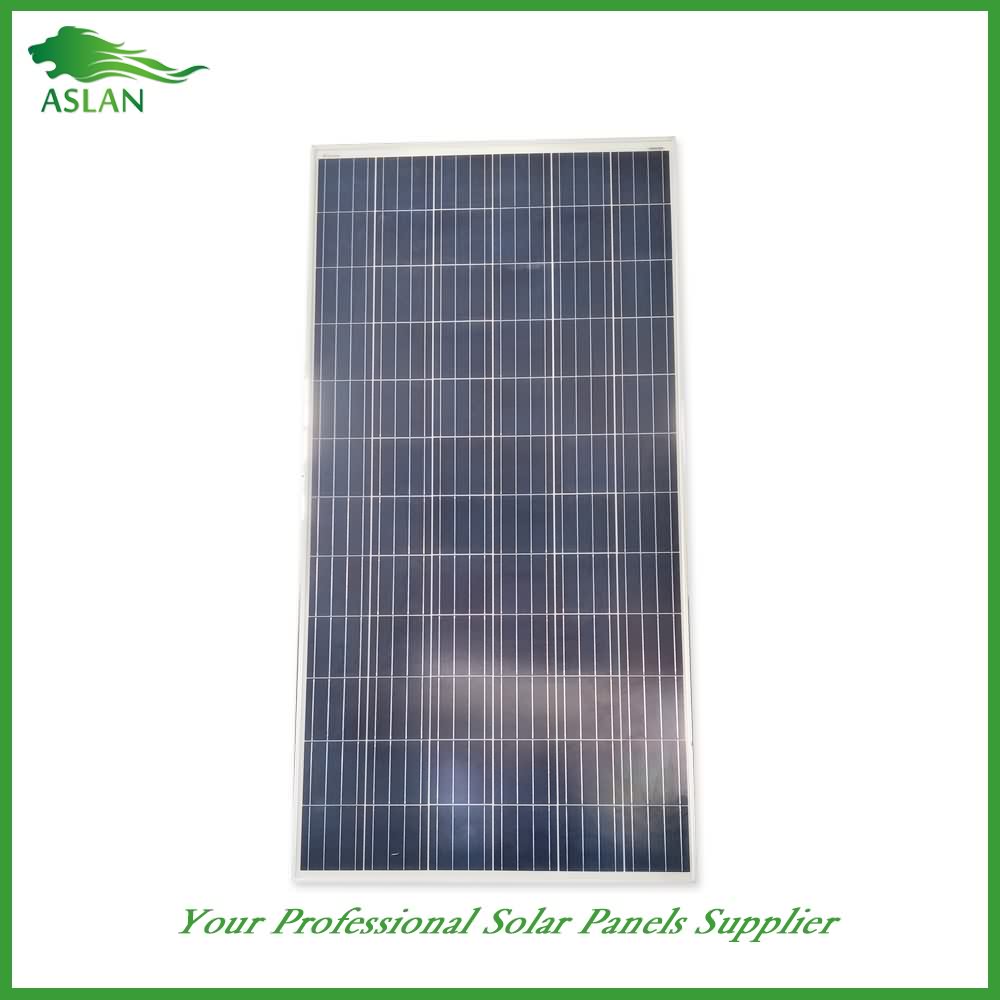Professional Design Mono-Crystalline 200W Solar Panel Lithuania Manufacturer
Short Description:
It is our responsibility to meet your needs and efficiently serve you. Your satisfaction is our best reward. We are looking forward to your visit for joint growth for Professional Design Mono-Crystalline 200W Solar Panel Lithuania Manufacturer, Standing still today and looking into the future, we sincerely welcome customers all over the world to cooperate with us.
Mono-Crystalline 200W Solar Panel
Technical parameter
Maximum Power(W) 200W
Optimum Power Voltage(Vmp) 37.29V
Optimum Operating Current(Imp) 5.36A
Open Circuit Voltage(Voc) 45.48V
Short Circuit Current(Isc) 5.89A
Mechanical Characteristics
Cell Type Monocrystalline 125x125mm (5 inch)
No of Cell 72 (6x12pcs)
Dimensions 1580x808x35mm
Weight 14.5Kg
Front Glass 3.2mm,High Transmission, Low Iron,Tempered Glass
Junction box IP65 Rated
Output Cable TUV 1×4.0mm2/UL12AWG,Length:900mm
Temperature and Coefficients
Operating Temperature(°C): -40°C ~ + 85°C
Maximum System Voltage: 600V(UL)/1000V(IEC) DC
Maximum Rated Current Series: 15A
Temperature Coefficients of Pmax: -0.47%
Temperature Coefficients of Voc: -0.389%
Temperature Coefficients of Isc: 0.057%
Nominal Operationg Cell Temperature (NOCT): 47+/-2°C
Materials of solar panel
1).Solar Cell——Mono-crystalline solar cell 125*125mm
2).Front Glass——-3.2mm, high transmission, low iron, tempered glass
3).EVA——-excellent anti-aging EVA
4).TPT——-TPT hot seal made of flame resistance
5).Frame——anodized aluminum profile
6).Junction Box——-IP65 rated, high quality, with diode protection
Superiority: high quality anodized aluminum frame, high efficiency long life, easy installation, strong wind resistance, strong hail resistance.
Features
1. High cell efficiency with quality silicon materials for long term output stability
2. Strictly quality control ensure the stability and reliability, totally 23 QC procedures
3. High transmittance low iron tempered glass with enhanced stiffness and impact resistance
4. Both Polycrystalline and Mono-crystalline
5. Excellent performance in harsh weather
6. Outstanding electrical performance under high temperature and low irradiance
Quality assurance testing
Thermal cycling test
Thermal shock test
Thermal/Freezing and high humidity cycling test
Electrical isolation test
Hail impact test
Mechanical, wind and twist loading test
Salt mist test
Light and water-exposure test
Moist carbon dioxide/sulphur dioxide
A major challenge of designing off-grid PV power systems is the seasonal imbalance between the power demand of the building and power supply of the PVs. A majority of the energy produced by the PVs occurs during the summer when the sun shines brighter and for longer periods of time. With the typical PV system size, the PVs do not produce enough energy in the winter days to power the building and charge the batteries for nighttime. However, increasing the number of solar panels generates more energy during the winter days.
I wrote an algorithm to estimate the PV system size and energy storage capacity for an off-grid power system.
Link to the algorithm: https://github.com/OffGridEnergy/offgrid-solar-power-system
Silly little experiment I wanted to try! Well with 3 kilo watts worth of panels we are getting a whopping 0.0000007 watts or 7 micro watts! 20 micro amps x 0.35 volts = 7 micro watts. I think my worst stirling engine could top that any day! I think you may be able to get more power with a solar cell next to a candle! But still, it’s kind cool!
Thank you for watching!
